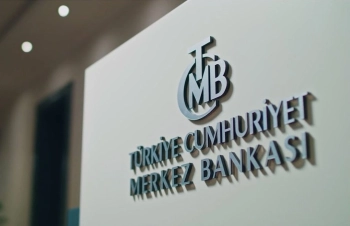What happens when students rush into renting a place without proper research? Why do so many end up paying far more than they budgeted? How can simple oversights turn into financial nightmares? For students navigating the rental market, small mistakes can lead to unexpectedly high costs—sometimes even forcing them to dip into savings or take on extra work. This article breaks down the most common pitfalls and how to avoid them.
1. Skipping the Fine Print in Lease Agreements
Many students make the critical error of not thoroughly reading their lease agreements. Excited to secure housing quickly, they skim through the document or rely on verbal promises from landlords. This can lead to surprises like automatic rent increases, strict penalties for early termination, or unclear utility responsibilities.
Real-World Example
A group of university students in Istanbul signed a lease without noticing a clause requiring them to cover all plumbing repairs. When a pipe burst, they were billed ₺3,500 (≈$120)—a cost their landlord was legally allowed to pass on due to the contract terms.
Always review leases line by line, and consider having a legal advisor or housing office representative check ambiguous clauses.
2. Underestimating Hidden and Additional Costs
Rent isn’t the only expense. Students often overlook move-in fees, property taxes (in some regions), internet setup charges, or mandatory building maintenance fees. These can add 15–30% to the expected monthly cost.
Practical Application
Before signing, ask for a written breakdown of all potential fees, including:
- Security deposits (often 1–2 months’ rent)
- Cleaning fees upon move-out
- Parking permits (if applicable)
- Garbage collection or recycling fees
3. Ignoring Location Logistics and Transport Expenses
A cheap apartment far from campus might seem like a win—until daily Uber rides or fuel costs erase the savings. Students frequently fail to calculate time and money spent commuting.
Case Study
A medical student in Ankara chose a ₺2,500/month apartment 12 km from her university to save ₺800 compared to nearby options. After six months, her monthly transport costs (taxi + metro) exceeded ₺1,100, nullifying the savings while adding 2 hours of daily travel.
Use maps to estimate commute times and costs before deciding.
4. Overlooking Utility Inefficiencies
Older buildings with poor insulation or outdated appliances can quietly drain budgets. High electricity bills from an ancient AC unit or water waste from leaky faucets are common culprits.
Red Flags to Check
- Single-pane windows (raise heating/cooling costs)
- Non-ENERGY STAR appliances
- Visible plumbing issues (dripping taps, slow drains)
Request utility bills from the previous tenant to gauge realistic expenses.
5. Failing to Document Pre-Existing Damage
Landlords may blame tenants for pre-existing property damage to withhold security deposits. Without photo/video evidence from move-in day, students often lose these disputes.
Protective Measures
- Take timestamped photos of every room, including close-ups of scratches, stains, or cracks.
- Note issues in writing and have the landlord acknowledge them.
- Use a move-in checklist (many tenant rights organizations provide templates).
6. Not Researching Landlord Reputation
A landlord’s responsiveness to repairs or fairness in conflict resolution matters immensely. Yet, few students check reviews or ask previous tenants about their experiences.
Key Questions to Investigate
- How quickly are maintenance requests addressed?
- Does the landlord frequently increase rent mid-lease?
- Are there complaints about privacy invasions?
Online platforms and local student forums often reveal patterns of behavior.
By avoiding these six mistakes, students can secure housing that aligns with their budgets and lifestyles—turning what’s often a stressful process into a smart financial decision.






